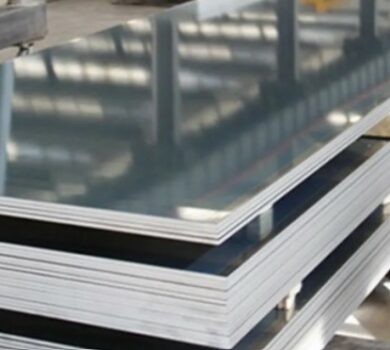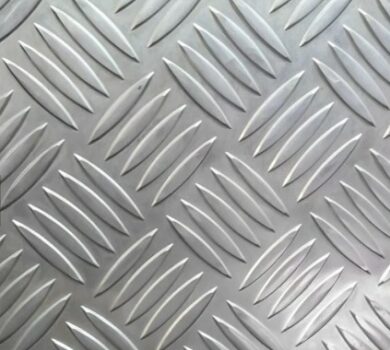Aluminum sheets are adaptable and often utilized in a variety of sectors, including construction and aerospace. Understanding the criteria that govern aluminum sheets’ characteristics and suitability for various uses is essential when purchasing aluminum sheets for a particular project. We’ll examine the main characteristics of aluminum sheets in this post, arming you with the knowledge you need to choose the right material for your projects.
Composition of alloys
There are numerous alloys of aluminum sheets, each having special qualities and uses. A vital parameter to take into account is the alloy composition. A few popular aluminum alloys for sheets are 1100, 3003, 5052, 6061, and 7075. The strength, corrosion resistance, and weldability of various alloys might vary.
Select an alloy that best satisfies the project’s specifications.
Thickness
There are several thicknesses of aluminum sheets that are commonly measured in gauge or millimeters. Depending on the desired usage, a thickness should be chosen. While thinner sheets are utilized for applications that call for flexibility and ease of manipulation, thicker sheets provide higher strength and durability, making them suited for structural applications.
Length and width
Another important factor is the size of the aluminum sheets. Standard sheet sizes are normally 96 inches long and 48 inches broad (1.22 meters wide). However, for particular project needs, customized dimensions are available. Make careful to choose a size that reduces waste and is appropriate for your purpose.
Surface Quality
Aluminum sheets’ surface finishes range from mill finish, which results from the rolling process, to a polished or coated finish. The sheet’s look, capacity to resist corrosion, and suitability for various situations can all be impacted by the finish chosen. A sleek appearance is provided by polished surfaces, while corrosion, UV exposure, and wear resistance can be improved by coatings.
Temper
There are many tempers of aluminum sheets that indicate the mechanical and thermal processes the material has gone through. O (annealed), H12, H14, H16, H18, H32, and T6 are a few examples of common tempers. The hardness, strength, and formability of the material are all impacted by the different tempers, so it’s crucial to select the one that best suits the needs of your project.
Flatness and Tolerance
To achieve uniformity and accuracy in your project, aluminum sheets should adhere to strict tolerance and flatness requirements. The thickness, width, and length of the sheet are guaranteed to fulfill the criteria through tolerance specifications. For applications where evenness is essential, flatness specifications describe the greatest permissible departure from a perfectly level surface.
Finish and Coating
To improve the qualities of aluminum sheets, they might be polished or coated. Anodizing, painting, and laminating are common coating techniques. These coatings might contribute to the sheet’s visual appeal or offer further defense against UV rays and corrosion. The application and desired performance qualities determine the coating or finish to use.
Conclusion
Making informed selections when choosing materials for your projects requires a thorough understanding of the specs of aluminum sheets. The sheet’s applicability for your particular application might be substantially impacted by the alloy composition, thickness, dimensions, temper, and other criteria. You can make sure that your aluminum sheet satisfies the required performance standards, whether it’s for use in building, transportation, or any other business where aluminum is an important material, by paying close attention to these factors.








